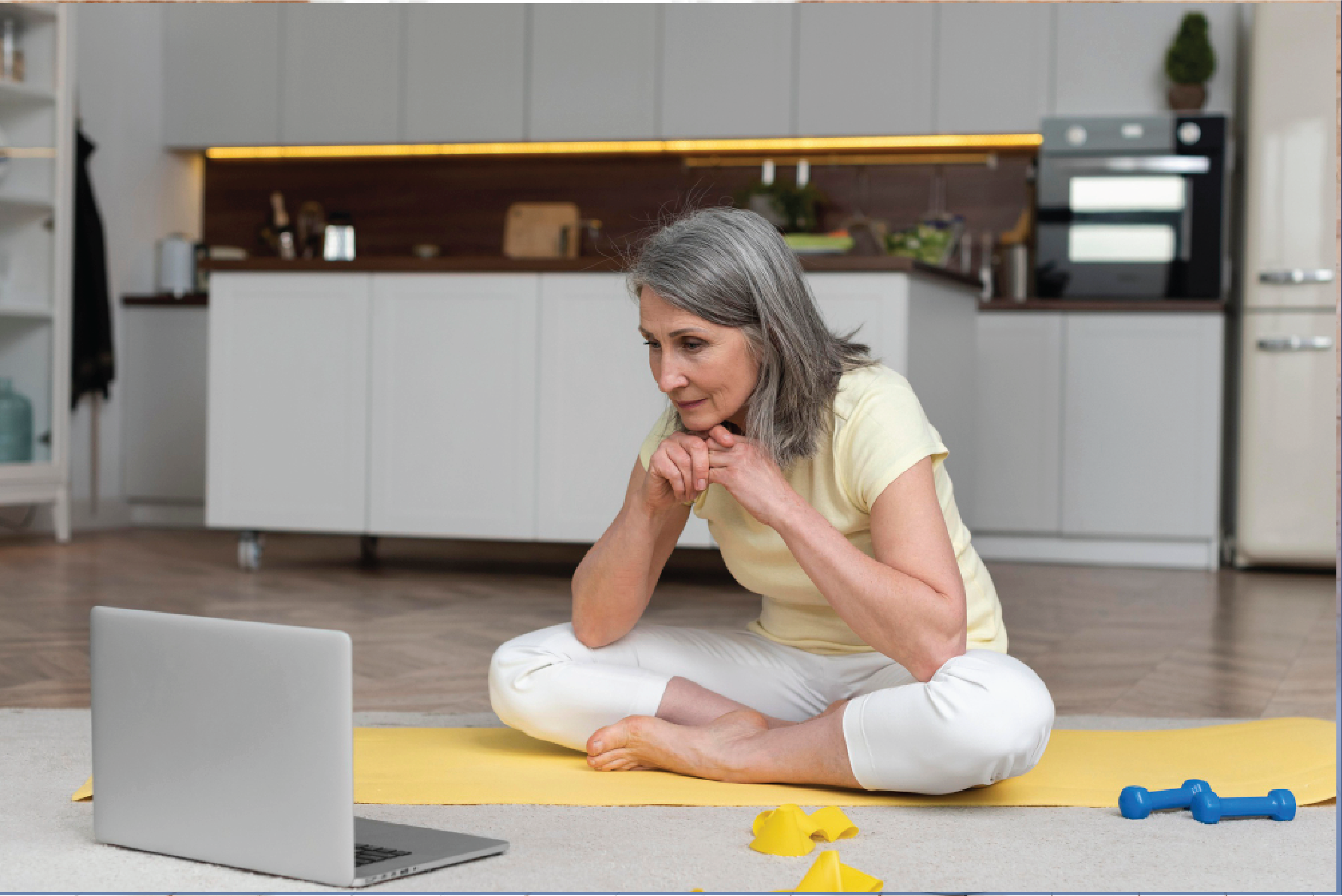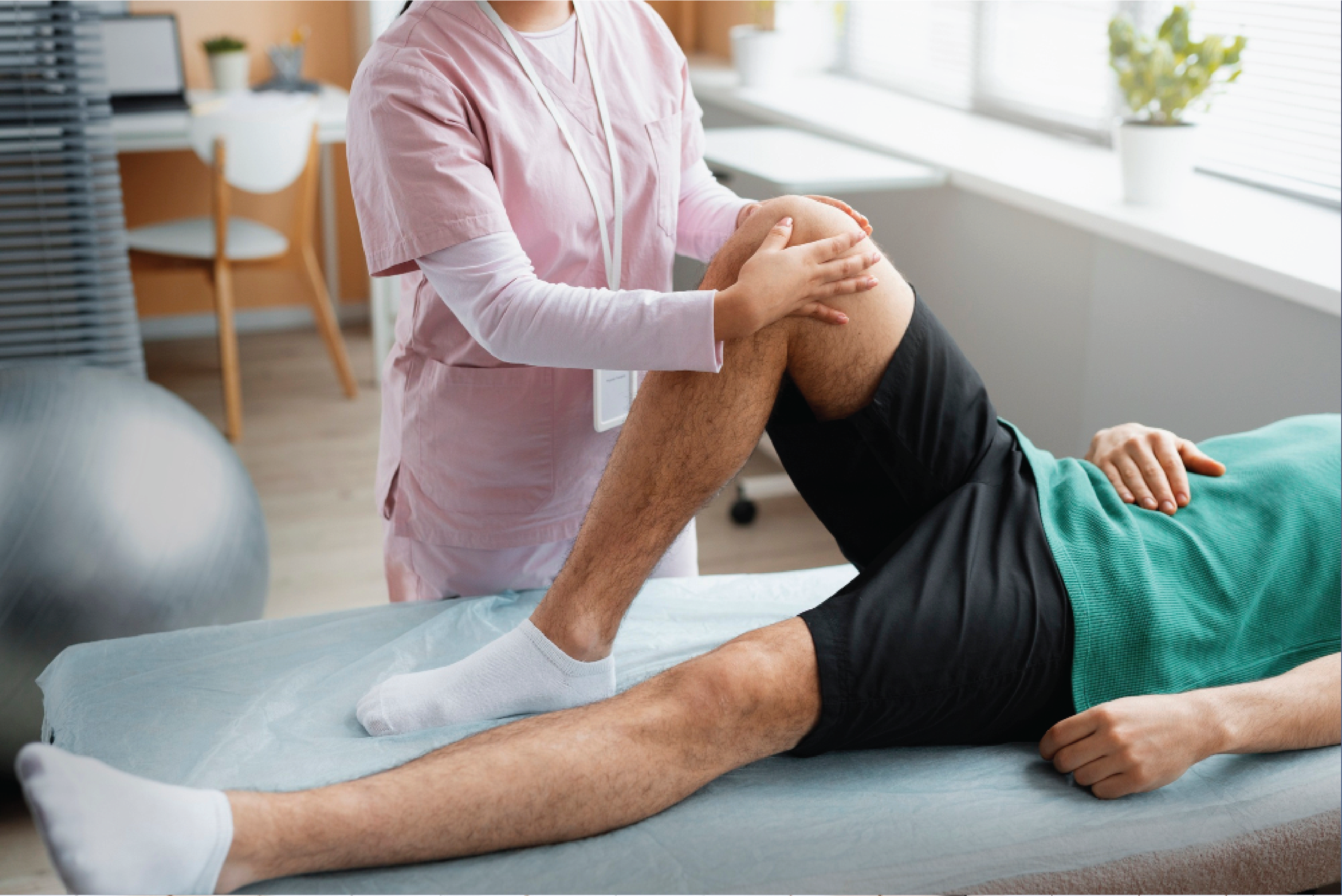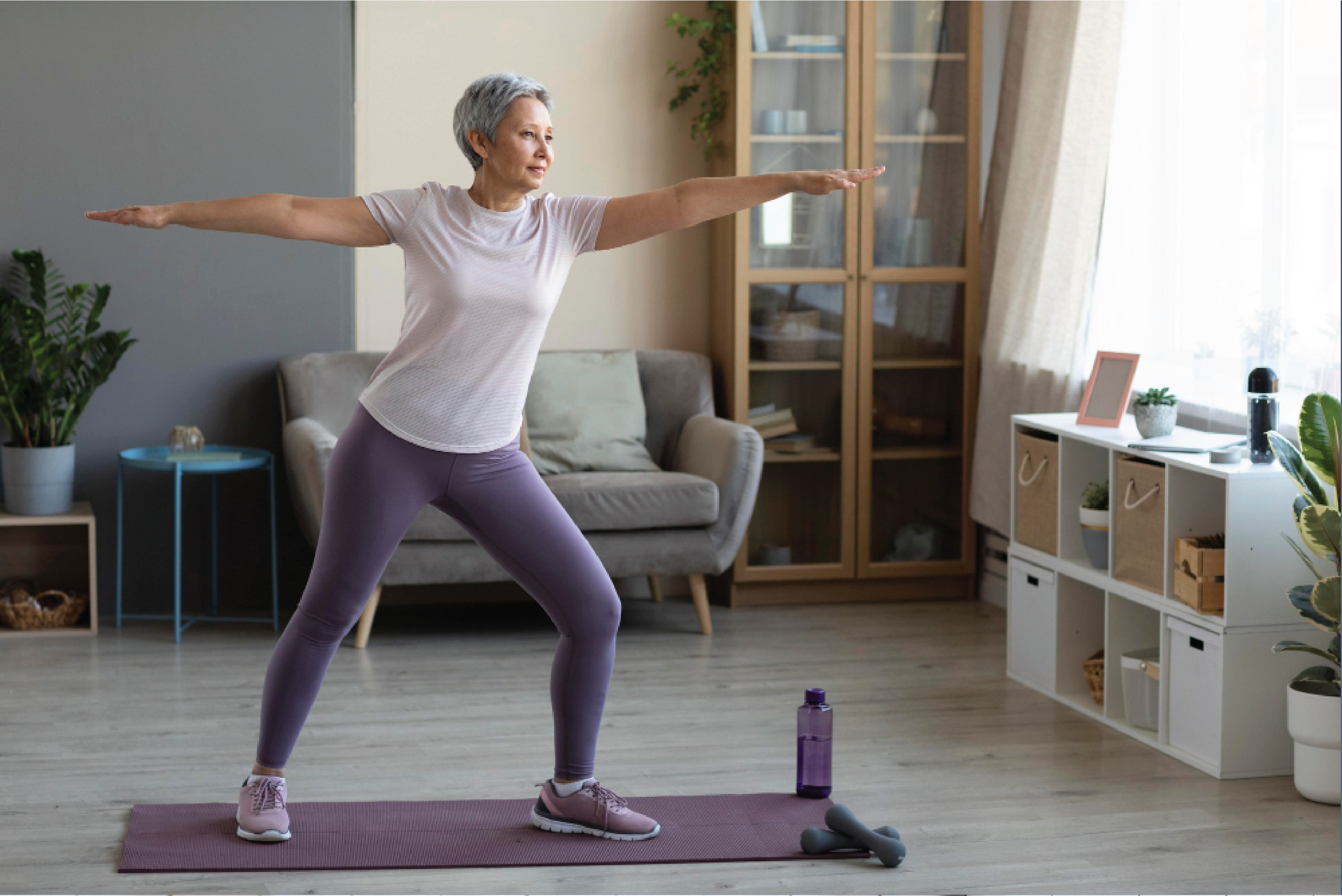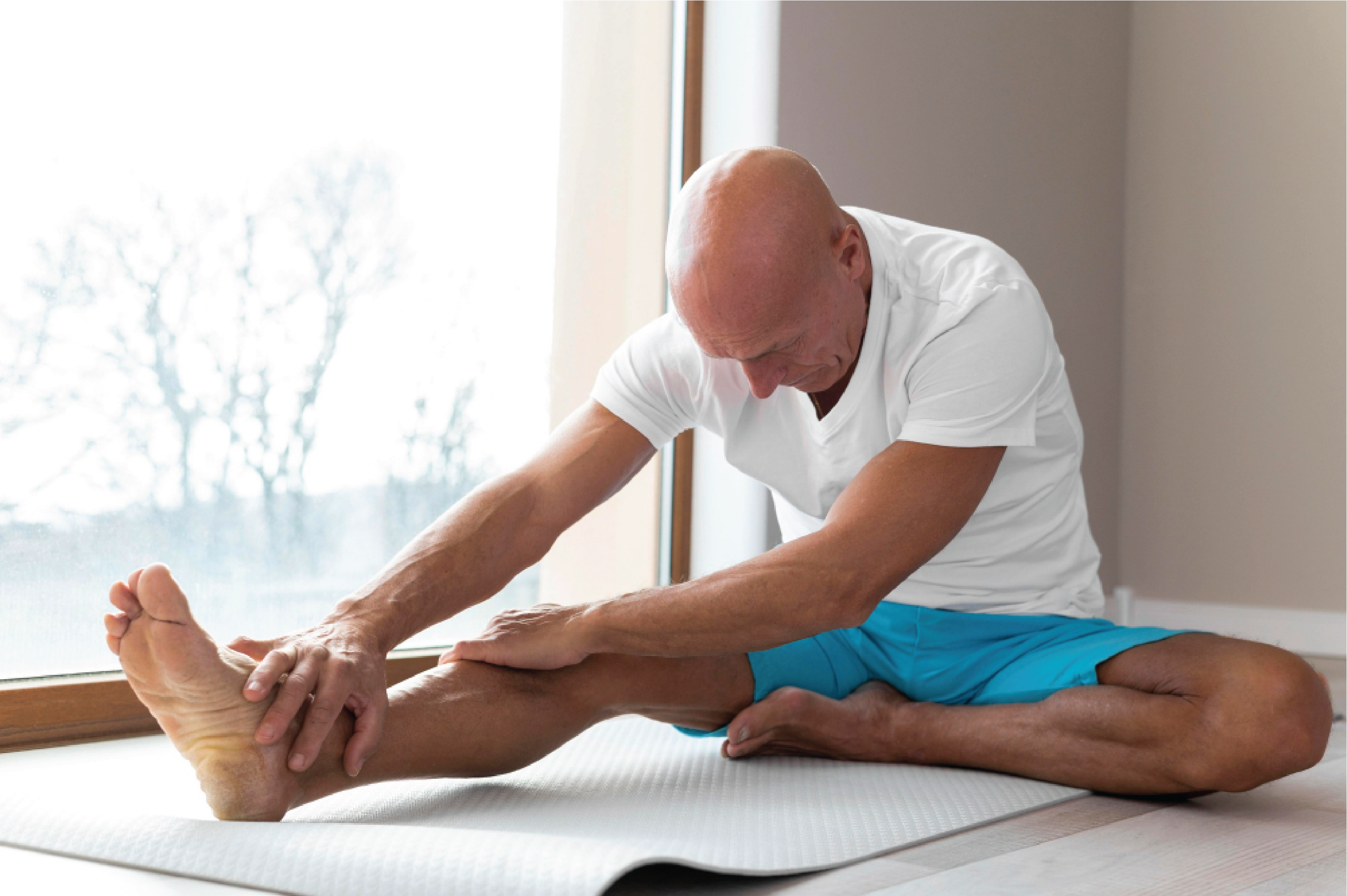Best Exercises for Arthritis Pain Relief: Complete Guide
2025-09-01 Millions of people worldwide suffer from arthritis. Arthritis can result in joint pain, swelling, and stiffness of the joints, and a decrease in the range of motion of the joint. While there are medications and lifestyle changes that help reduce arthritis symptoms, exercise is one of the more natural and effective ways to reduce arthritis pain and improve joint function and movement. This article will review the best exercises for decreasing pain from arthritis, including the specific motions for the knees and hands, physiotherapy treatments for rheumatoid arthritis, and low-impact, joint-friendly workouts. Related: Role of Physiotherapy in Arthritis Management While some may argue that rest is the best thing to do in arthritis, regularly being active is important for the management of arthritis. Exercise can help to: strengthen the muscles around the joints to provide greater support improve the flexibility and mobility of the joints reduce stiffness and inflammation assist with weight management and reduce stress on joints improve mood and energy levels You should always speak to your doctor or physiotherapist before starting a new exercise program, particularly if you have moderate to severe arthritis or other health issues. Knee Arthritis Exercises The knees are among the joints most severely impacted by osteoarthritis. Controlling the muscles around the knee will support the knee joint, and using strengthening and stretching programs focusing on the quadriceps, hamstrings, and calf regions is beneficial. Examples of exercises for arthritis in the knees are: Quad Sets How to perform: Sitting or lying down with your leg extended. Tense your thigh muscle for 5 seconds and then release. Reps: 10–15 per leg, 2–3 sets. Straight Leg Raises How to perform: Lie on your back with one knee bent and the other leg straight. Raise your straight leg to the bent knee height, and lower slowly. Reps: 10–15 per leg. Hamstring Curls How to perform: Stand straight and bend one knee behind you. Hold the bend for a few seconds and then lower slowly. Pro tip: You may hold the back of a chair or a wall for support if necessary. Calf Stretches How to perform: Face a wall with your hands on the wall, step one foot back, and press your back heel into the floor. Hold for 20–30 seconds. Pro tip: Low-impact cardio exercise for knee arthritis includes walking, water aerobics, and stationary biking, which are all excellent options. Hand Arthritis Exercises Hand arthritis, especially caused by osteoarthritis or rheumatoid arthritis, can cause limitations in grip strength and fine motor control. Gentle hand exercises can help improve flexibility and prevent stiffness. Successful Hand Exercises: Fist Stretch How to: Create a gentle fist, hold it for five seconds, then slowly open your hand and straighten your fingers. Reps: 5-10 times per hand. Bending Fingers How to: Bend each finger toward the palm one at a time, then straighten. Thumb Touch How to: Touch the tip of each finger with your thumb in order. Wrist Rolls How to: Slowly roll wrists clockwise and counterclockwise. Tip: To improve the gentle stretching of joints, soak hands in warm water or use a heating pad prior to exercising. Rheumatoid Physiotherapy Rheumatoid arthritis (RA) is an autoimmune condition that affects more than one joint, usually with chronic inflammation. Unlike osteoarthritis, which can change based on exercise levels and everyday lifestyle, RA can flare up; hence, the exercise should be individualized based on their fatigue levels and joint energy levels daily. Aims of RA Physiotherapy: Maintain range of motion in joints Decrease pain and swelling in joints Increase and maintain muscle strength and endurance Prevent deformities and improve function in daily living Common Physical Therapy Exercises for Rheumatoid Arthritis: Passive Range of Motion (ROM) Active movements are carried out with the help of a therapist or using an unaffected limb to move the joint passively. Isometric Strengthening Strengthening without movement of the joint (example, pressing a hand against a wall with the intention of achieving muscle contraction without any joint movement). Aquatic Therapy When the body is immersed in warm water, the thermal effects and buoyancy take the stress off the joints, decreasing pain and discomfort, making aquatic exercise an appropriate intervention for RA. Balance and Coordination Training Helps reduce the risk of falls and improves overall mobility Warning: Movement should be low to moderate intensity, without multi-movements of the same joint during acute flare-ups. Consulting a physiotherapist can help to create an appropriate and safe exercise plan. Low to Moderate-Impact Exercises for Arthritis Low to moderate-impact options are an excellent way for people diagnosed with arthritis to participate in physical activity, which minimizes impact on joint structures and also improves cardiovascular fitness, muscular strength, and/or flexibility. The best types of workouts: Walking It is simple, very accessible, and effective. Walking for 20–30 minutes daily can be very beneficial. Swimming or Water Aerobics Warm water buoyancy supports the body weight and reduces joint stress while offering very little resistance against your body for muscle building. Cycling (stationary bike and/or outdoor bike) It is ideal for knees and hips and can improve cardiovascular and muscular endurance. Yoga + Tai Chi These are mind-body modalities that improve flexibility, balance, and reduce stress. Resistance Band Exercises It will provide muscle strengthening without loading the finite joint structures. More gentle degrees of muscle strengthening. The most important thing to remember is consistency. Even 10 minutes a day of aerobic activity adds up and makes a difference! Stretching is a great way to keep joints flexible and reduce stiffness and discomfort, especially in the morning or after being inactive. Arthritis Friendly stretches for daily use: Neck Stretch Tilt your head side to side slowly, holding each side for 10 to 15 seconds. Shoulder Rolls Roll your shoulders forward and backward in a circular motion. Cat-Cow Stretch (for Spine) When on your hands and knees, alternate between arching and rounding your back. Seated Hamstring Stretch Sit on a chair, extend one leg straight out, and gently lean forward. Wrist and Finger Stretch Extend one arm in front of you with palm facing up and gently pull back fingers with the other hand. Warm-up first: Do some light movements or apply some heat to the painful joints first. Exercise safely with arthritis Go slow: Progressively increase duration and intensity of your exercise. Listen to your body: Mild discomfort is acceptable; sharp pain is not. Supporting equipment: Some joints can be helped with bracing or orthotics. Rest: Balance activity with rest, especially for flares. Keep track of your exercise progress: A journal can help keep track of what works for you. If you notice any of the following, please stop exercising and contact your health care provider: Increased swelling or redness in joints Broader joint pain or persistent pain after exercising Sharp or stabbing pain Loss of function or stability in joints A licensed physiotherapist or occupational therapist can develop a customized program related to your type and severity of arthritis. Check Out: Top 5 Benefits of Choosing L&B Clinic for Your Arthritis Treatment Conclusion Exercise is one of the best methods to help with arthritis pain and looking after your joints, whatever your age or arthritis type. Whether you are looking to help your knees function better, with your hands, or to keep your whole body flexible, there are safe and effective exercises that can improve your quality of life. Remember: Keep it low impact, do it regularly, and have it modified for your needs. Exercising in conjunction with good nutrition, stress management, and medical management can help support living well with arthritis for the long term.Why Exercise Matters for Arthritis



Arthritis Stretches to Improve Flexibility

When to Seek Professional Help
.png)















